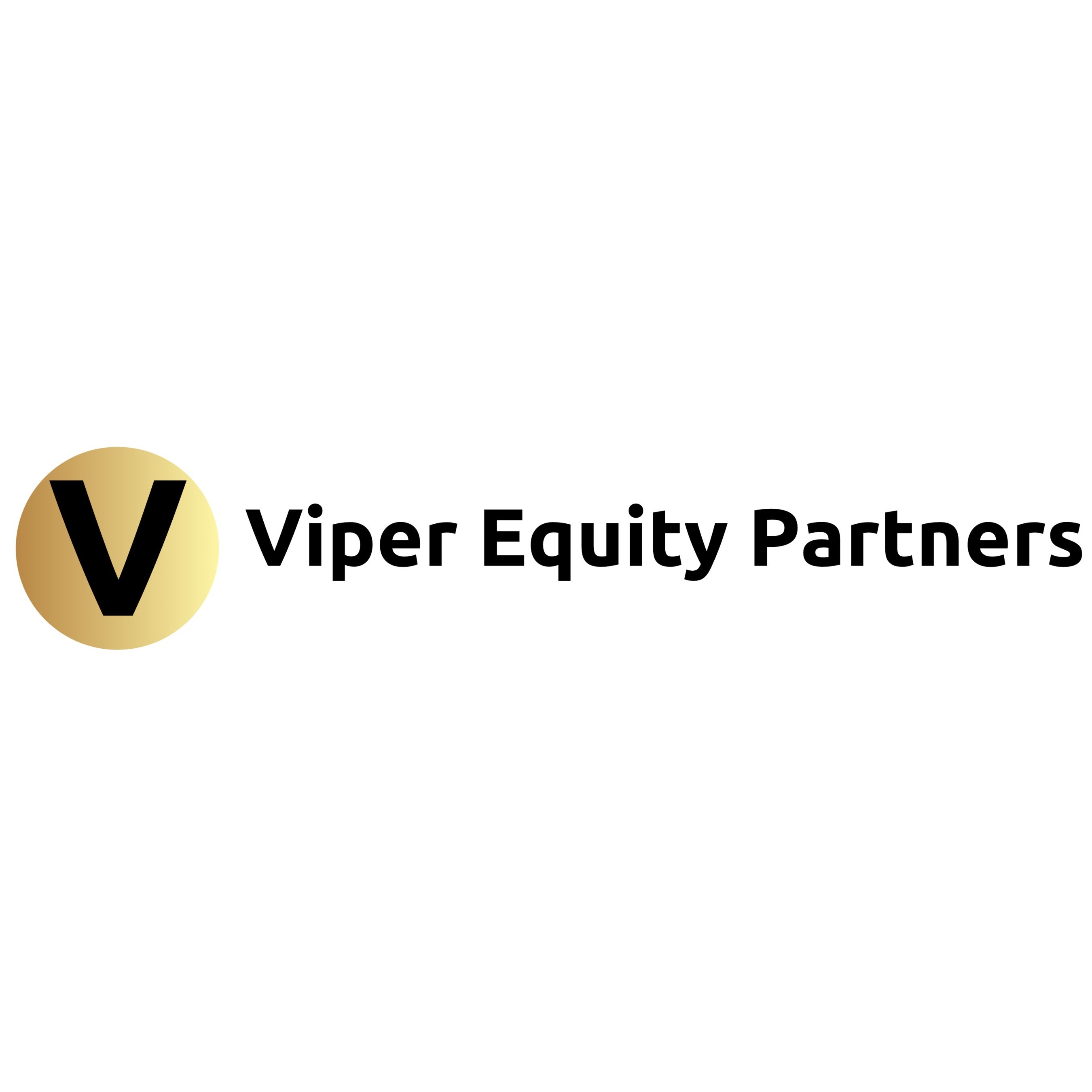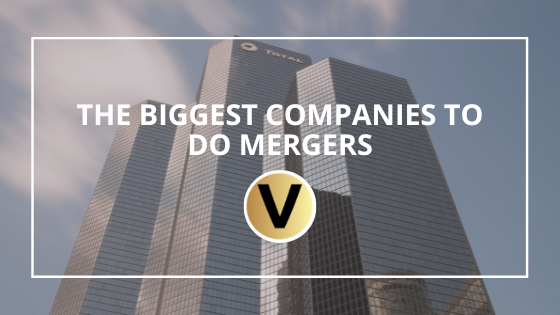Companies may choose to merge with a competitor or other conglomerate for several reasons. Companies from different industries might have a common interest that would benefit both parties if a merger were created. Competitors often form mergers or initiate acquisitions when an industry is struggling, and the power of two makes the new company more efficient and profitable. Thousands of mergers and acquisitions each year, and many of them go unnoticed by the general public. It is generally only when large brands merge that people pause and take notice. Here is a look at some of the most memorable mergers.
Exxon and Mobile
The two largest US petroleum providers merged in 1998. Despite both companies having a healthy revenue stream, leaders from both companies agreed that the duo could become even more lucrative if they were to join forces. The new brand, keeping both names intact, has certainly continued to corner the marketplace in the fuel industry.
Disney and Pixar
Disney has a certain knack for generating revenue through multiple streams. The Disney Experience extends far beyond the flagship theme parks. Merchandise and apparel are always a stable source of revenue for the company. Their entertainment network has continually seen profits rise since its inception, but its major motion pictures began to fall flat in the late 1990s. Merging with Pixar enabled Disney to ramp up its technology and streamline its movie making process. Combining the Disney name increased Pixar’s image as well, so both companies found this merger to be a huge success.
Google and Android
There can be no doubt that Google is a powerhouse brand. But Google was once a bit of a one-trick pony. The famous internet search engine tried to enter the electronic device market but was quickly pushed aside by the well-established Apple products. Google, finding it hard to find a foothold, turned to Android for an interesting partnership. Both companies found it difficult to compete with Apple, even though one had an exceptional product and one offered a superior service experience. The merger allowed both companies to remain viable in the smartphone, tablet, and other electronic device technology. Today, almost half of the domestic smartphone users own an Android device.

